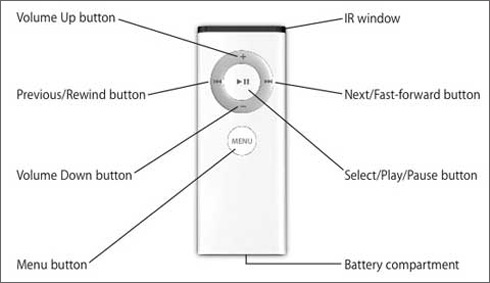Semiotics
Semiotics is the study of the social production of meaning from sign systems; the analysis of anything that can stand for something else. Our goal is to differentiate between nonverbal and verbal signs. Everyday we use and notice plenty of signs that we know, and don’t really know why we know them. Culturally and socially these signs have been given assigned meanings and have stuck over time. There are three different signs used in semiotics: Symbolic signs, iconic signs, and indexical signs. Symbolic signs don’t show resemblance to the objects they reference; Iconic signs “have a perceived resemblance with the objects they portray”; and Indexical signs “are directly connected with their referents spatially, temporally, or by cause-and-effect. For example, an iconic sign would be a stop sign on a road. It represents stop, which is portrayed by the red of the sign and word “STOP”. The resemblance is obvious.










